Ho Chi Minh City Department of Health informed that the HMPV virus in China is not a new virus, it is one of the agents causing respiratory infections in children in 2023 and 2024.
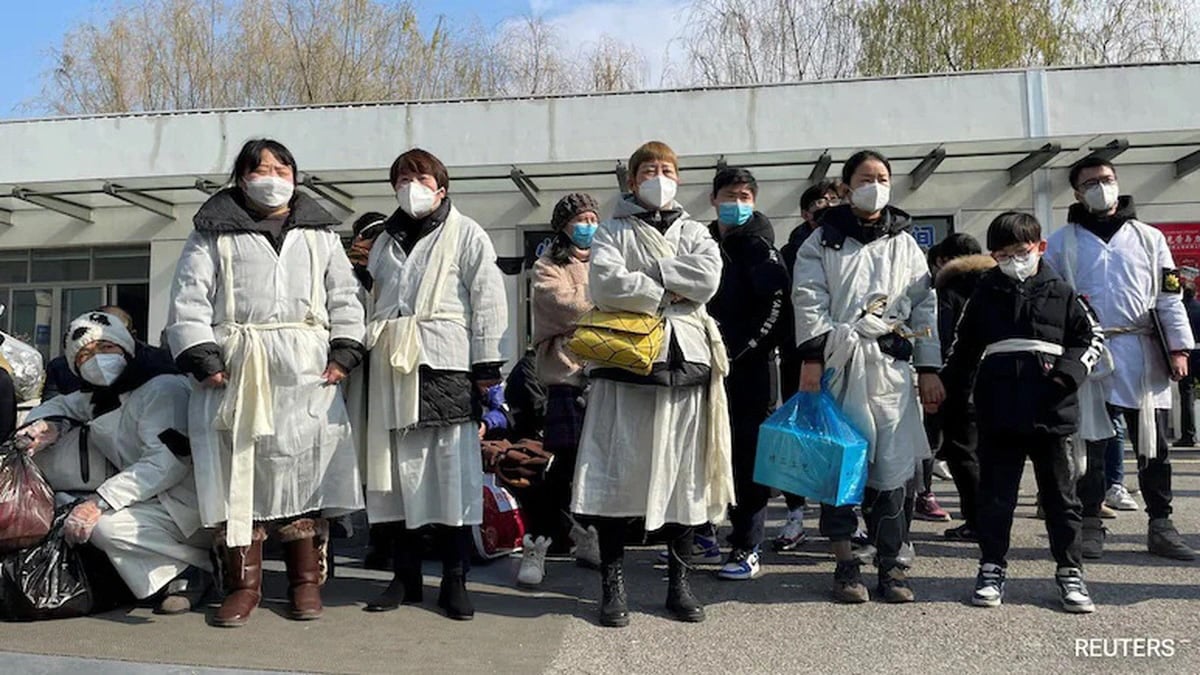
The number of human metapneumovirus (HMPV) infections is increasing in China - Photo: REUTERS
On January 7, the Ho Chi Minh City Department of Health informed that the human metapneumovirus (HMPV virus) spreading in China is not a new virus, it is one of the agents causing respiratory infections in children and has been recorded in Ho Chi Minh City.
The infectious disease surveillance system in Ho Chi Minh City in 2024 recorded the number of respiratory infections ranging from 16,000 - 18,000 cases per month in the first 8 months of the year and increasing in the last 3 months of the year.
Respiratory diseases tend to increase when the weather turns cold, however, there have been no unusual fluctuations in the number of cases or serious illnesses in hospitals.
Research results from the Oxford University Clinical Research Unit (OUCRU) with the Hospital for Tropical Diseases, Khanh Hoa Provincial General Hospital, Nha Trang Pasteur Institute, and Singapore National Centre for Infectious Diseases (under the PREPARE project) show that the pathogens are still common viruses and bacteria.
Specifically, the test results of 103 patients with community-acquired pneumonia (including 56 children and 47 adults) hospitalized from July to December at the Ho Chi Minh City Hospital for Tropical Diseases showed that HMPV accounted for a small proportion (12.5% in children) compared to other agents causing community-acquired pneumonia.
The more common agents found in children are H. influenzae bacteria (71.4%), S. pneumoniae (42.9%), influenza A virus (25%), rhinovirus (44.6%), RSV (41.1%)... The common agents in adults are H. influenzae bacteria (42.6%), S. pneumoniae (27.7%) and influenza A virus (48.9%).
In addition, during the outbreak of respiratory infections in children at the end of 2023 in the city, surveillance results also recorded a diversity of common viral agents, in which the HMPV agent was also detected at a rate of 15%.
However, the Ho Chi Minh City Department of Health recommends not to be subjective about possible epidemic developments. The Department of Health has directed the City Center for Disease Control and medical units to continue to closely monitor the epidemic situation in the world.
At the same time, be ready to deploy medical quarantine activities at airports and seaports under the direction of the Department of Preventive Medicine, to detect early and prevent the risk of disease spread (if any).
In addition, continue domestic epidemiological surveillance activities, including monitoring the number of respiratory infections, the number of hospitalized severe acute respiratory infections, monitoring respiratory pathogens, and monitoring events such as detecting clusters of cases in schools, factories, and communities to take timely measures.
How is HMPV virus transmitted?
The Department of Health informs that human metapneumovirus (HMPV) is a virus in the family Pneumoviridae, first discovered in 2001.
HMPV is related to respiratory syncytial virus (RSV) and is a major cause of upper and lower respiratory tract infections in infants, the elderly, and people with compromised immune systems.
The virus spreads from person to person through direct contact or indirectly through contaminated surfaces, with the risk increasing during winter and early spring.
Common symptoms include cough, runny or stuffy nose, sore throat, fever and in severe cases, can lead to severe pneumonia.
Currently, there is no vaccine or specific treatment for HMPV. Therefore, it is important to implement disease prevention measures as recommended by the health sector.
Source: https://tuoitre.vn/vi-rut-hmpv-dang-giay-dich-o-trung-quoc-khong-moi-tung-duoc-phat-hien-tai-tp-hcm-20250107135230661.htm


![[Photo] Prime Minister Pham Minh Chinh receives delegation of leaders of US universities](https://vstatic.vietnam.vn/vietnam/resource/IMAGE/2025/3/31/8be7f6be90624512b385fd1690124eaa)


![[Photo] General Secretary To Lam receives US Ambassador to Vietnam Marc E. Knapper](https://vstatic.vietnam.vn/vietnam/resource/IMAGE/2025/3/31/5ee45ded5fd548a685618a0b67c42970)
![[Photo] 2nd Conference of the Party Executive Committee of Central Party Agencies](https://vstatic.vietnam.vn/vietnam/resource/IMAGE/2025/3/31/8f85b88962b34701ac511682b09b1e0d)
![[Photo] Speeding up construction of Ring Road 3 and Bien Hoa-Vung Tau Expressway](https://vstatic.vietnam.vn/vietnam/resource/IMAGE/2025/3/31/f1431fbe7d604caba041f84a718ccef7)
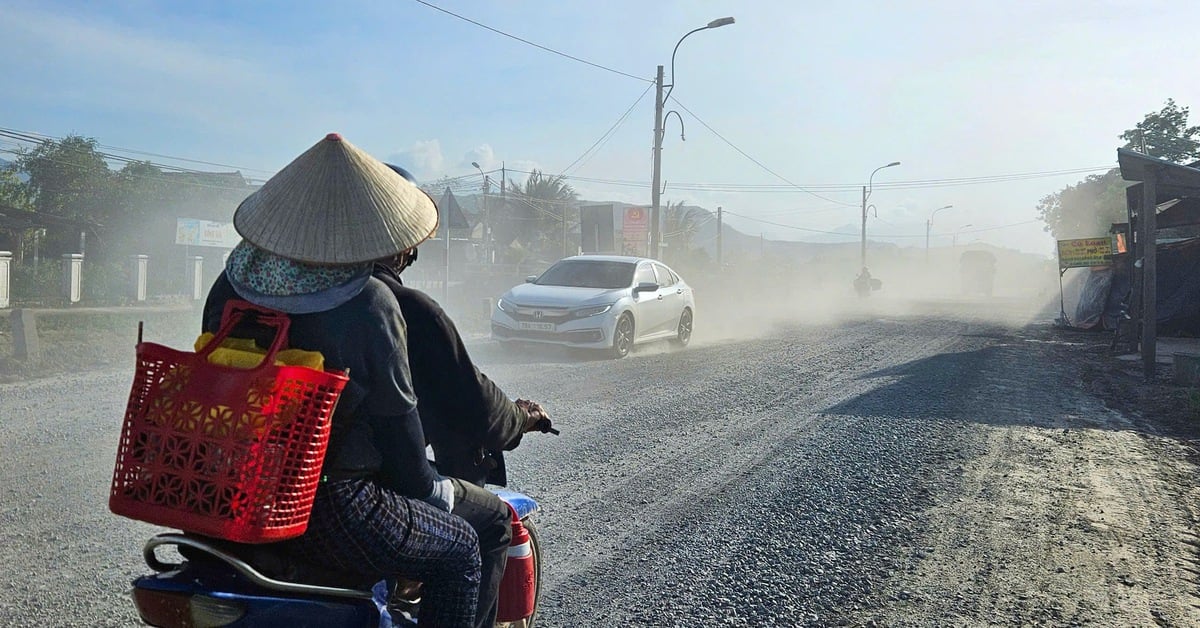





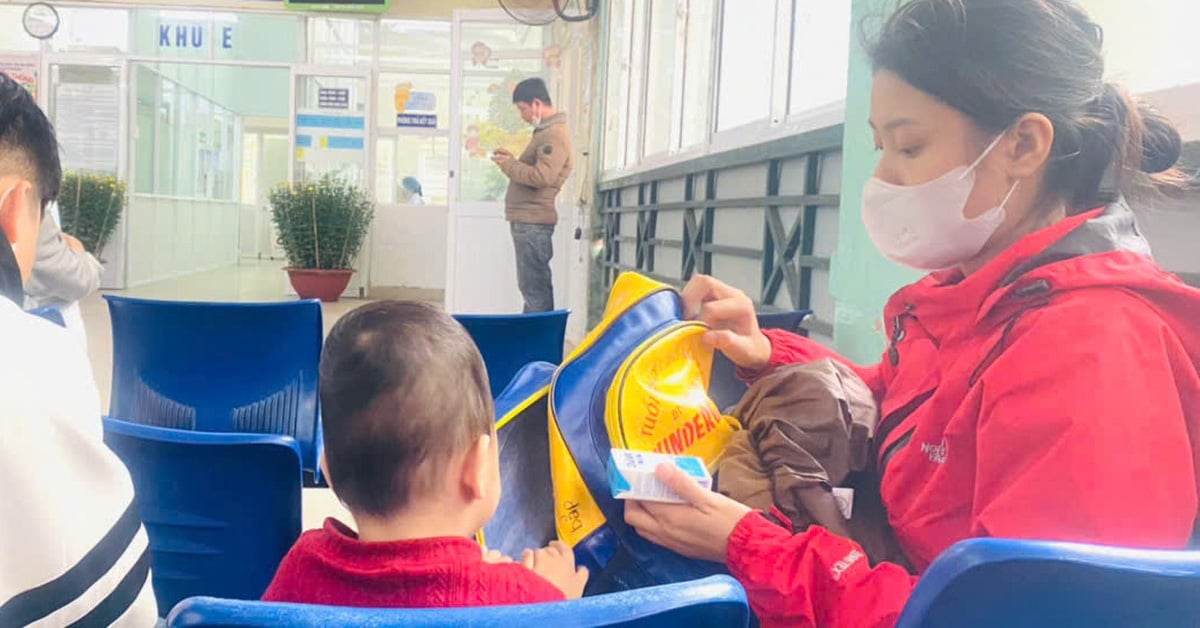



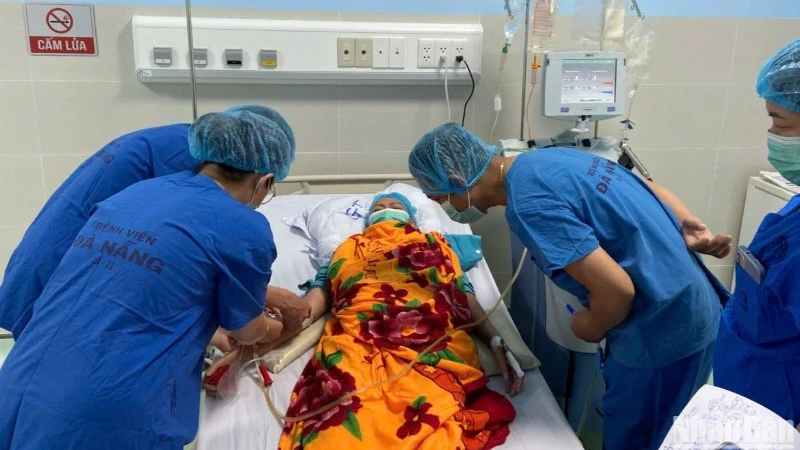
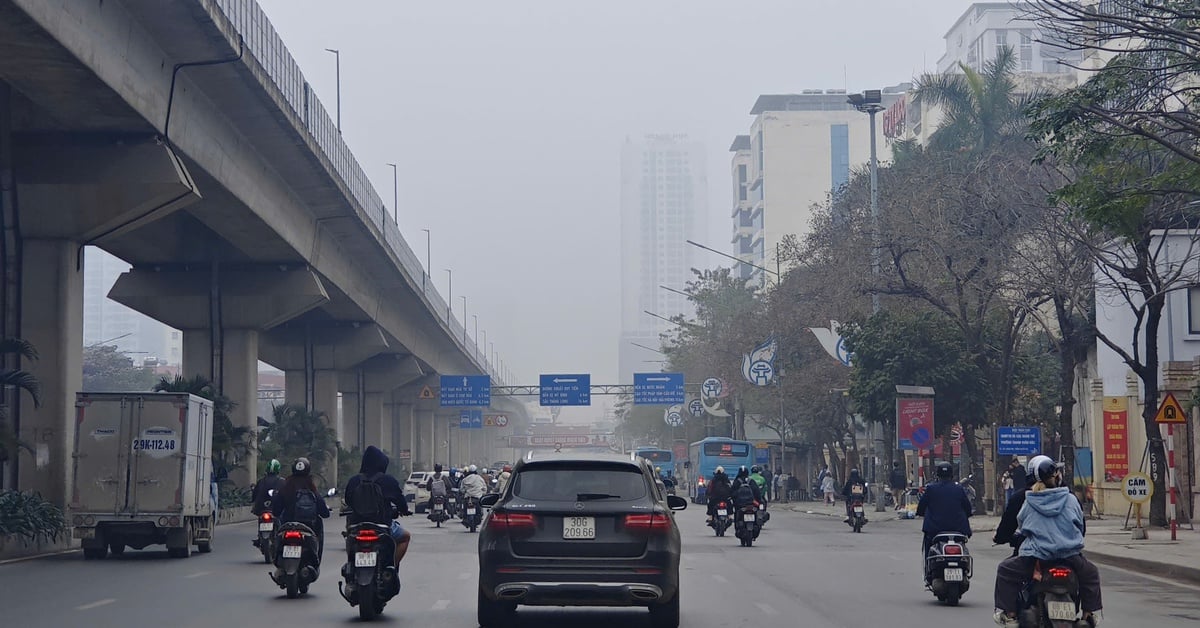























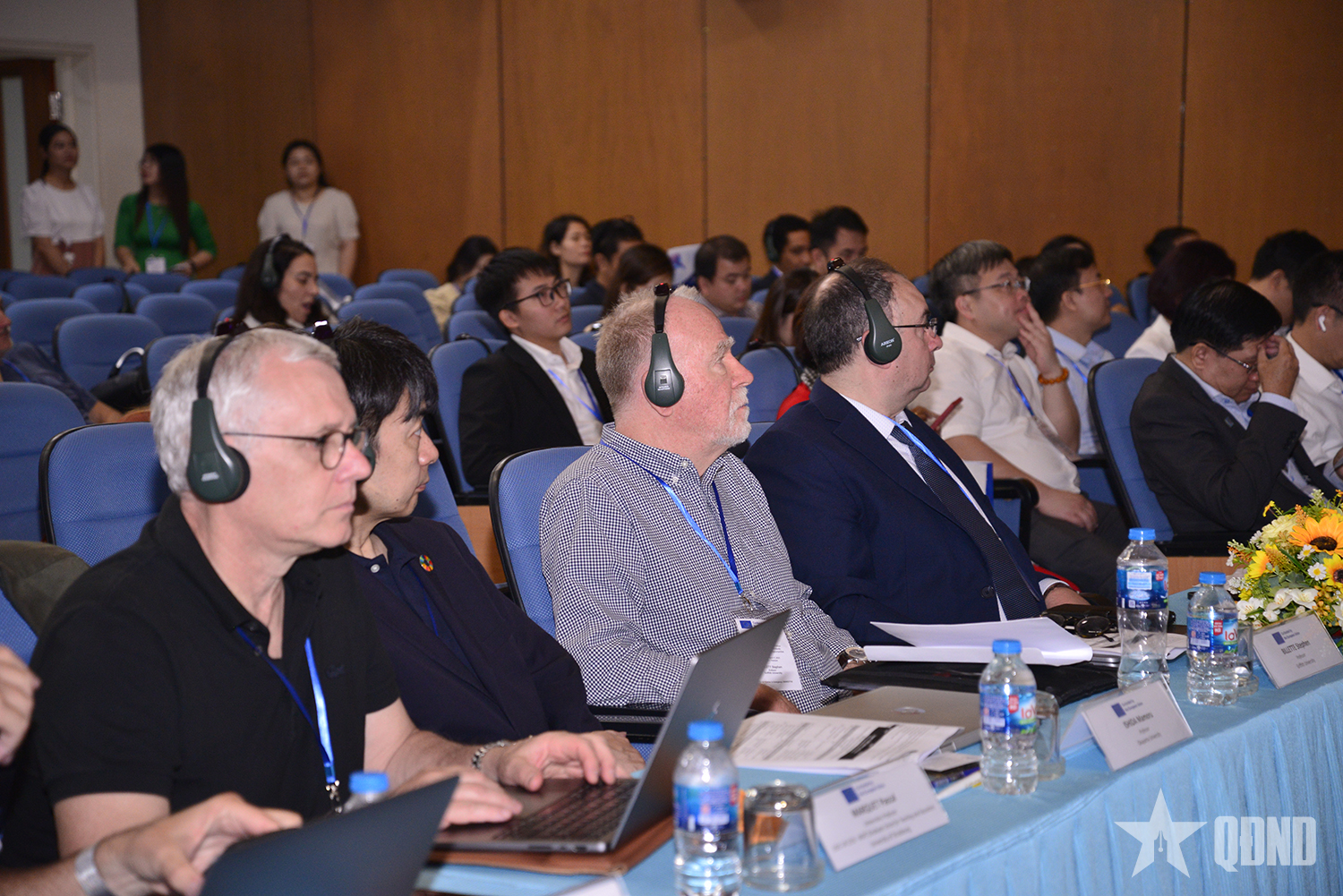



















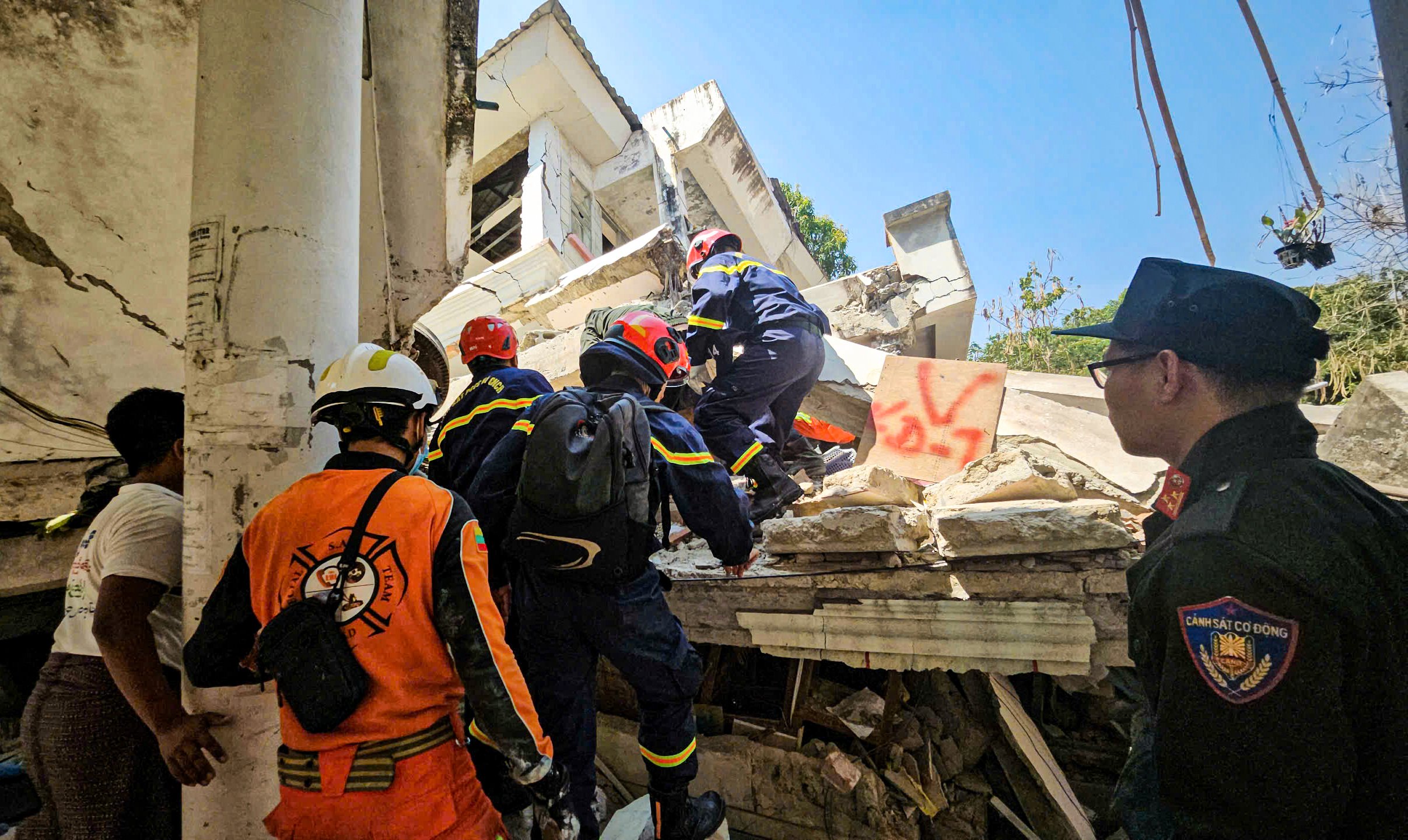






























![[REVIEW OCOP] An Lanh Huong Vet Yen Cat](https://vstatic.vietnam.vn/vietnam/resource/IMAGE/2025/3/27/c25032328e9a47be9991d5be7c0cad8c)

Comment (0)